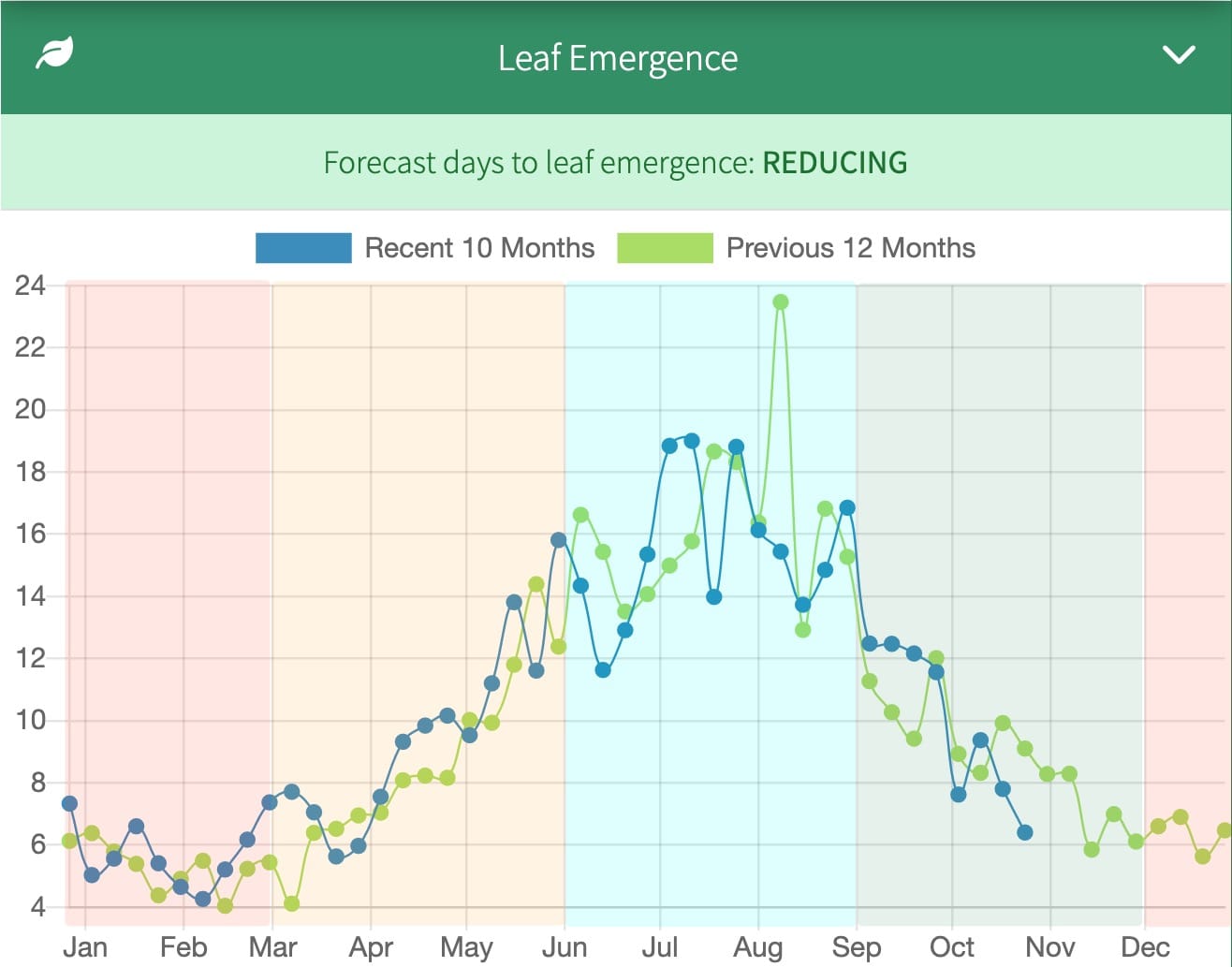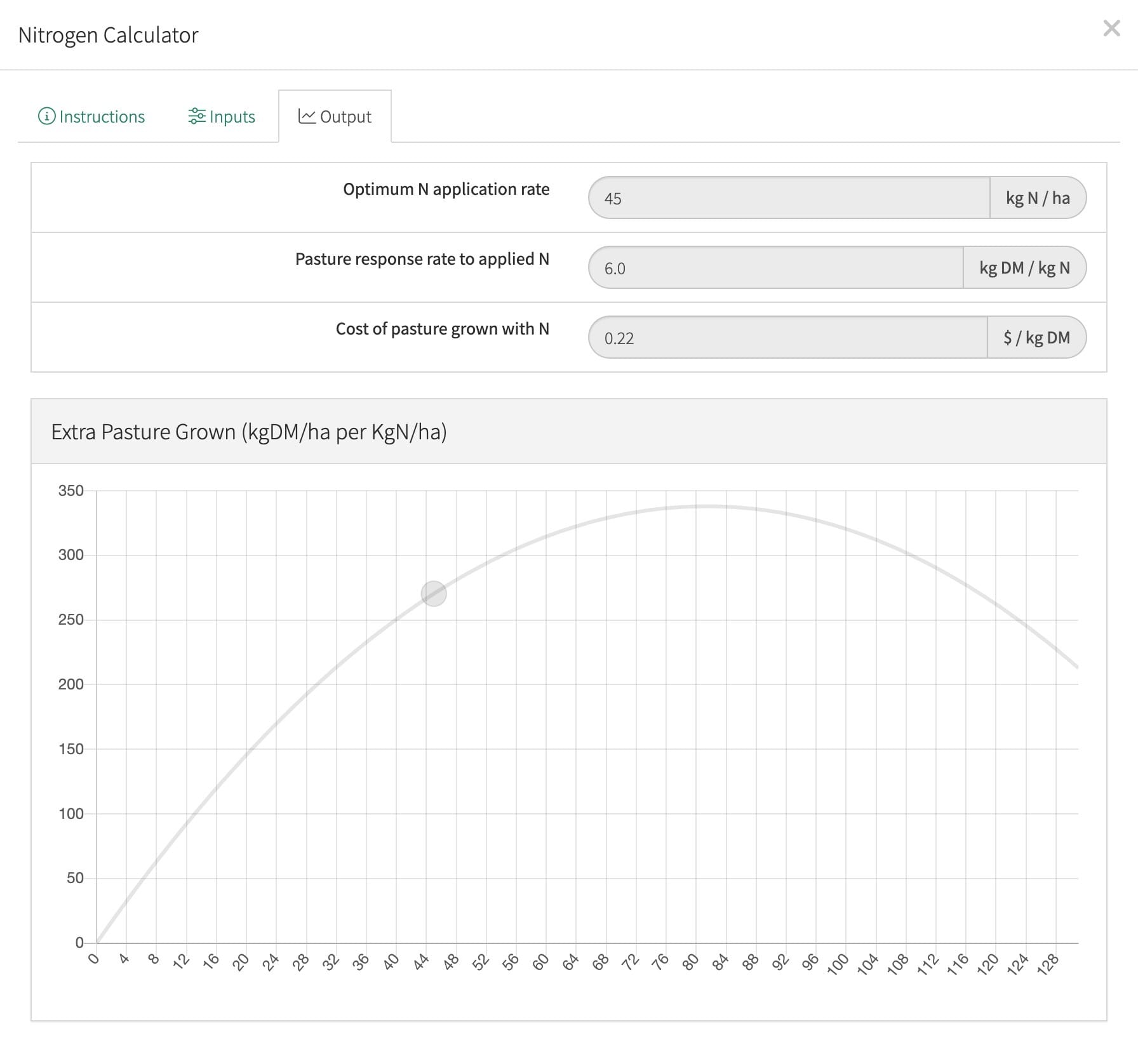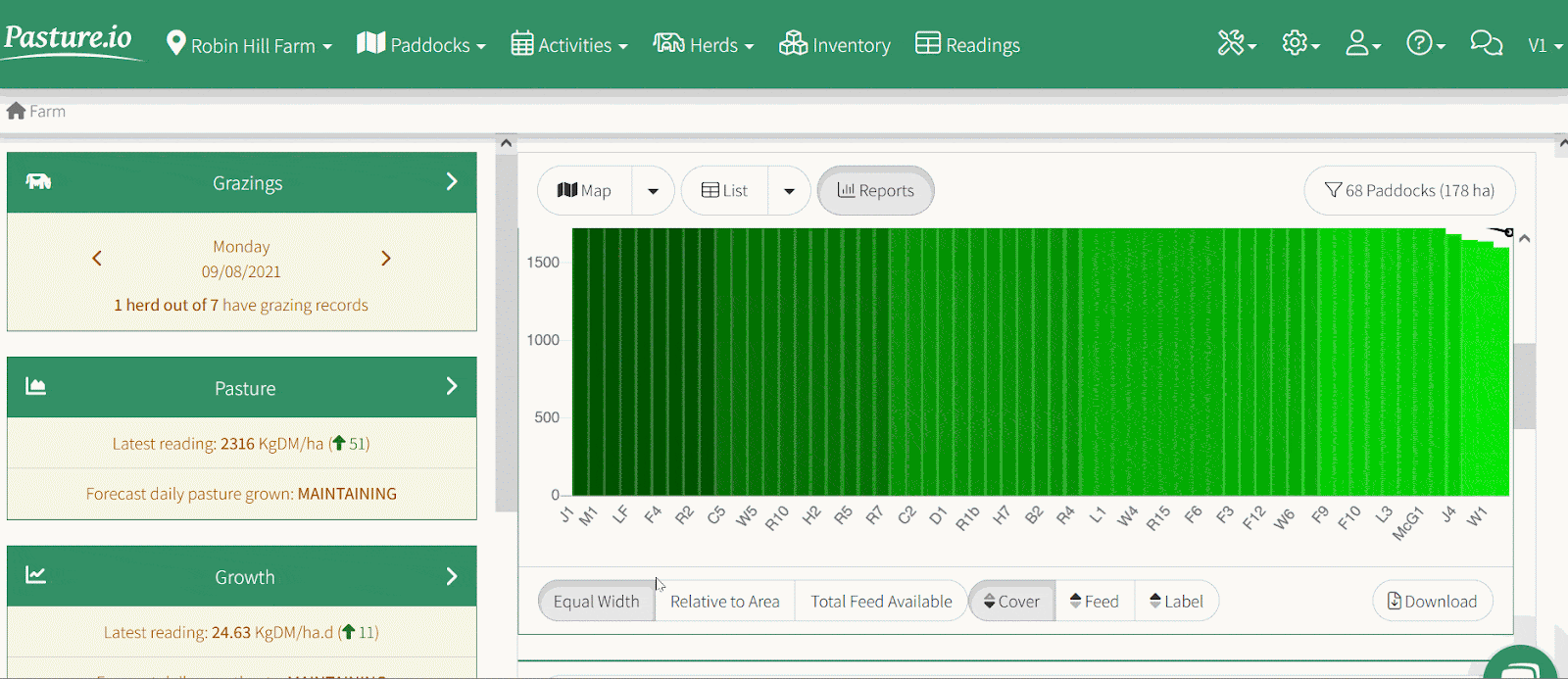The autumn is here, bringing new opportunities for you to improve your livestock and pasture grazing performance.
Understanding the change in season and the impact on your pasture growth means that you can adjust your grazing management to get the most out of your land.
Here are five autumn grazing principles that can help you do just that:
1. Planning with Grazing Management
2. Smart Rotational Grazing
3. Maintain Your Pasture and Soil Fertility
4. Be Prepared for Winter
5. Grazing Animals and Feed Demand
1. Planning with Grazing Management:
When autumn arrives, it's time to start planning your pasture management for the early winter and, to an extent, early spring.
It is never too late to start planning, but the earlier you do, the more time you have to adjust your grazing system. One of the most important things to consider is how much feed your livestock will need over the winter. The following are some questions you need to understand to travel smoothly through this low growth time of year:
- Is the stocking rate of my herd appropriate for the pasture area?
- Will I need supplementary feeding, whether bought in or through planting forage crops?
- Do the production costs make financial sense for the livestock production system?
If you're coming from an irrigated scenario, you might see a slight autumn break with warm soil temperatures, dropping evapotranspiration and more significant precipitation.
However, if you're looking at a dryland scenario, you might be looking for a decent autumn growth rate flush to get your farm ticking into winter with the added soil moisture.
So, when deciding what you want to graze and when. It's also essential to consider the upcoming weather conditions and their effect on your pasture. And how the upcoming needs fit your farm production system.
2. Smart Rotational Grazing:
Rotating your livestock is vital for grazing management to maximise the autumn break.
It sounds obvious that you need to calculate the time it takes to graze around your farm rotationally. But, too often, this is overlooked. Here are some negative points to avoid with proper rotational grazing management:
- Depleting plant energy reserves or damaging pasture by heavy grazing.
- Not allowing the appropriate rest period between grazing.
- Not calculating the pasture required at grazing, thus stripping ground cover.
To explain further, grazing rounds that set too quickly are detrimental when demand outstrips the supplied pasture growth rate.
Chasing a deficit of pasture feed supply is never fun!
In other words, it is safest to prevent overgrazing and allow the plants time to recover instead of trying to play catchup with reducing pasture growth rates.
This point is essential, so let's reiterate. Setting your grazing speed to account for reducing growth rates is vital in autumn. Go too fast, and you'll damage the plants and graze into your post grazing residual. But going too slow, well, is there such thing as grazing too slow when the growth rates are quickly plummeting?
Setting your grazing rotation doesn't just take pasture cover (in Kg DM ha), but also the speed of leaf appearance. In autumn, with a vegetative plant, it is safe to start pushing the leaf stage of your ryegrass pasture out to 3-leaves by the end of autumn.

Knowing your pasture growth rates and leaf appearance are crucial numbers to grasp for making the best rotational grazing decisions and will ensure you're ready to kick off into early winter.
3. Maintain Your Pasture and Soil Fertility:
Like anything else, a well-maintained pasture will perform better than one neglected. So, make sure you are grazing and managing your pasture with best management practices.
Often overlooked is a dressing of fertiliser while soil temperatures are still high. This is especially true with nitrogen-based fertilisers as plant uptake and growth rate response increase, corresponding with higher soil temperatures. Remember that nitrogen fertilisers are a type of supplementary feed, and to reduce the cost of the feed supply is by yielding a more significant growth rate response.

This season is often an appropriate time to look at pasture renovations. You may have experienced a dry and horrible summer or are looking to pick up the performance of some of your low performing pastures.
Higher precipitation and soil temps are inducive to seed germination, which means that this is a great time to establish a new stand of pasture that will survive the winter and flourish in the following spring.
The pasture growth rate is often slowest in winter. So renovating in autumn means you're maximising the new plant vigour to take on winter but also readying the stand to capitalise on growing as much feed as possible over the spring months.
Seeking agronomical advice for seeding perennial ryegrass, herbaceous plants and cover crops is recommended, especially given that you're trying to eliminate feed shortages with careful management.
Checking in on your land management will pay dividends, mainly when focussing on soil health. So make sure you've got the following under wraps and humming along nicely:
- Promoting health populations of soil microbes and encouraging natural pathways for soil fertility.
- Minimising soil compaction to influence soil aeration.
- Minimising bare soil exposure to reduce the chances of soil erosion.
4. Be Prepared for Winter:
As autumn progresses, the weather will start to take a turn for the worse.
Make sure you have a plan in place for how you will handle winter grazing. This plan may include bringing some livestock inside or supplementing their diet with hay or other feed sources.
As mentioned previously, one step you can match your growth rate demand with the pasture growth rate supply.
A solid practice is to take this further and lower the demand below the supplied pasture growth rate to grow a surplus heading into winter gently.
By doing this practice, you can create a buffer or a strong feed wedge to reduce the risk of feed shortage due to unforeseen circumstances or adverse weather conditions.

It is always worth revisiting the desirable species to grow in your forage system. Depending on climatic and soil conditions, you could be looking at a pasture composition with perennial pastures, annual grasses, broadleaf weeds such as chicory and plantain.
Aligning your livestock grazing goals with the forage system will help you understand the plant growth required. You can then align this with nutritional requirements supplied by the plant and needed by your animals.
5. Grazing Animals and Feed Demand:
With your land management comes optimising grazing systems to optimise livestock production.
Remember that pasture management and grazing livestock goes hand in hand with optimising agricultural systems. The key areas to focus on are:
- Carrying capacity, aka stocking rates or animal density with your livestock enterprise.
- Grazing management approach includes regenerative grazing, continuous grazing, or intensive management.
- Preparing for external risk for seasonal variability and production input costs for fertiliser and bought-in feed.
- Understanding what the highest quality feed your livestock require to meet production goals.
Looking after your animals is key to business success, and this doesn't matter whether they're beef cattle or dairy cows for milk production. This principle is the same as understanding your farm's soil health and soil nutrients to support homegrown plant production for fuelling your animal performance.
By following these five autumn grazing principles, you'll be well on your way to having a successful farming operation!
This brings us to an end. Until we meet again, Happy Grazing!
- The Dedicated Team of Pasture.io, 2022-03-02